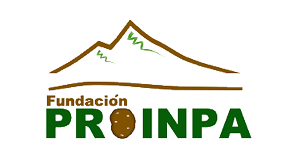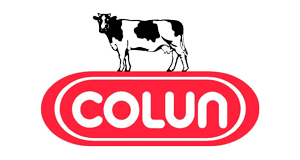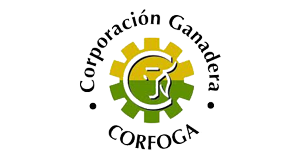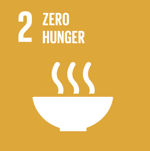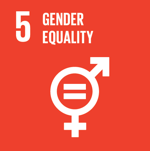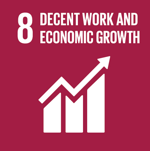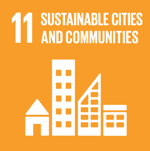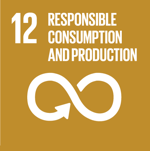Integrated strategies for climate change adaptation in livestock family farming
Integrated strategies for climate change adaptation in livestock production systems based on grassland management and with lower GHG emissions.
Context of the story
The worldwide increase in protein demand and the impact of climate change on livestock systems make it necessary to discover new technologies and innovations that allow for a sustainable improvement in productivity while reducing GHG emissions.
Forage species adaptable to climate change
The implemented initiative
The performance, quality and persistence of the new species and varieties implemented in all the countries participating in the project were evaluated. Evaluation trials of drought-tolerant fodder varieties were established (Chile); forage and tuna fodder (Bolivia); soy forage adapted to direct grazing in livestock conditions (Costa Rica); and growth promotion of Lotus (Argentina). In turn, the GHG emissions associated with fertilization strategies were quantified.
Lower GHG due to forage species adaptable to climate change
The technological solution
The use of forage species adaptable to climate change (drought or flood) proved to generate productive and economic benefits together with reduced GHG emission intensity.
The project demonstrated the productive and economic benefit of the inclusion of forages adapted to the conditions of climate change.
Results
In the experimental trials carried out, the tested forage species showed higher yields and lower intensity of GHG emissions per kg of animal live weight during critical times. In Argentina, for example, an increase in cumulative annual production of 9% of Dry Digestible Matter and 58% of Crude Protein was observed in comparison to unmanaged natural grasslands.

 Back to the project
Back to the project Chile
Chile Argentina
Argentina Bolivia
Bolivia Costa Rica
Costa Rica

